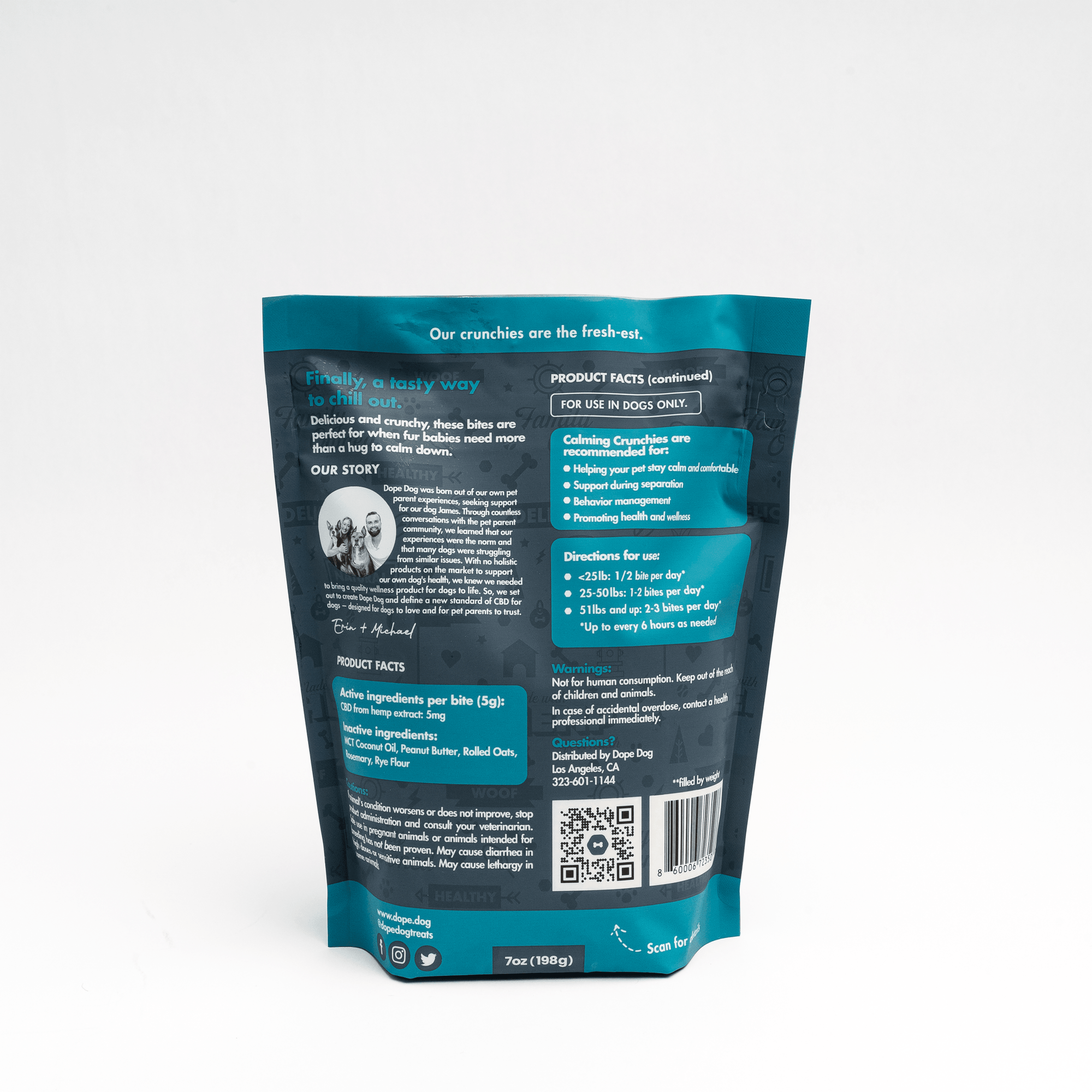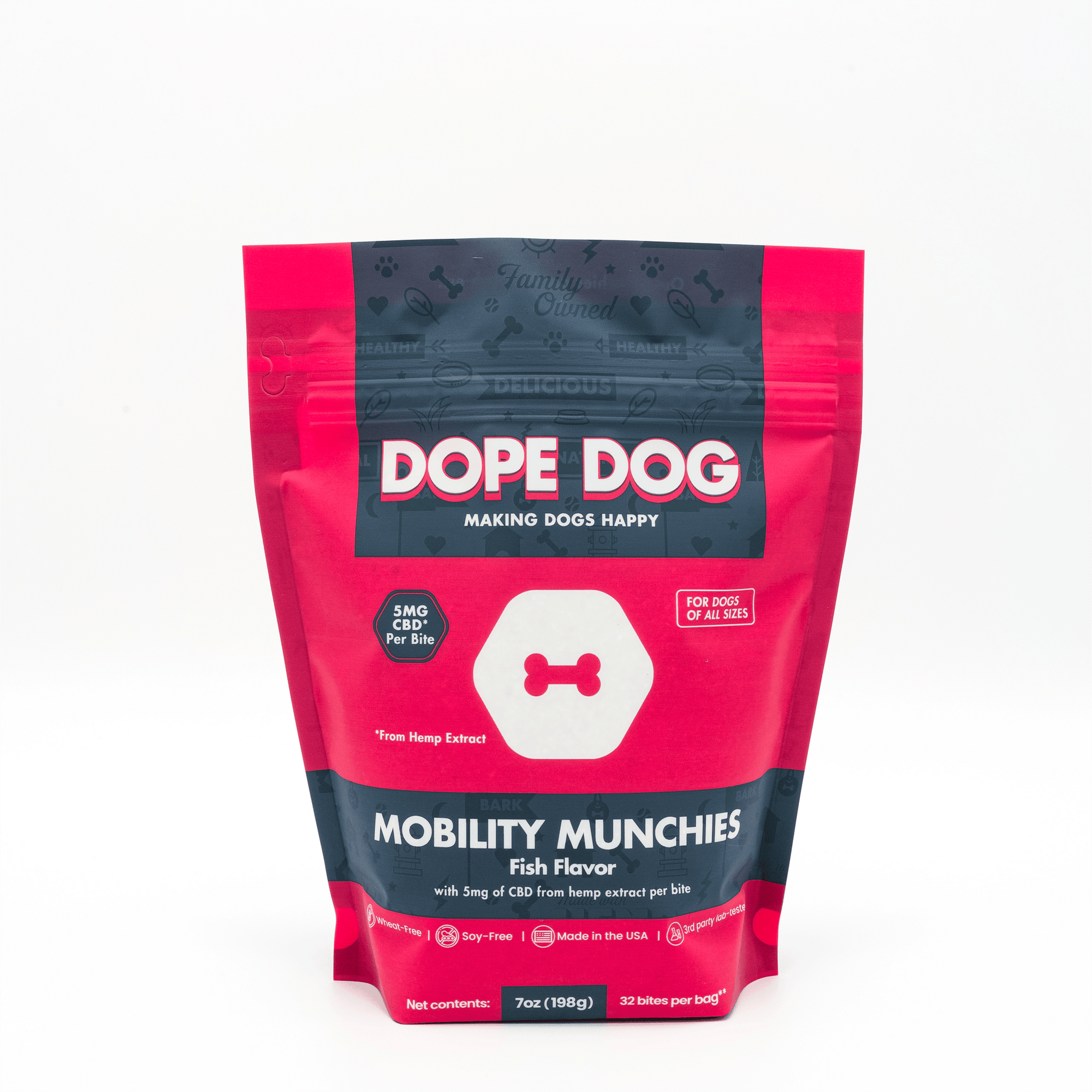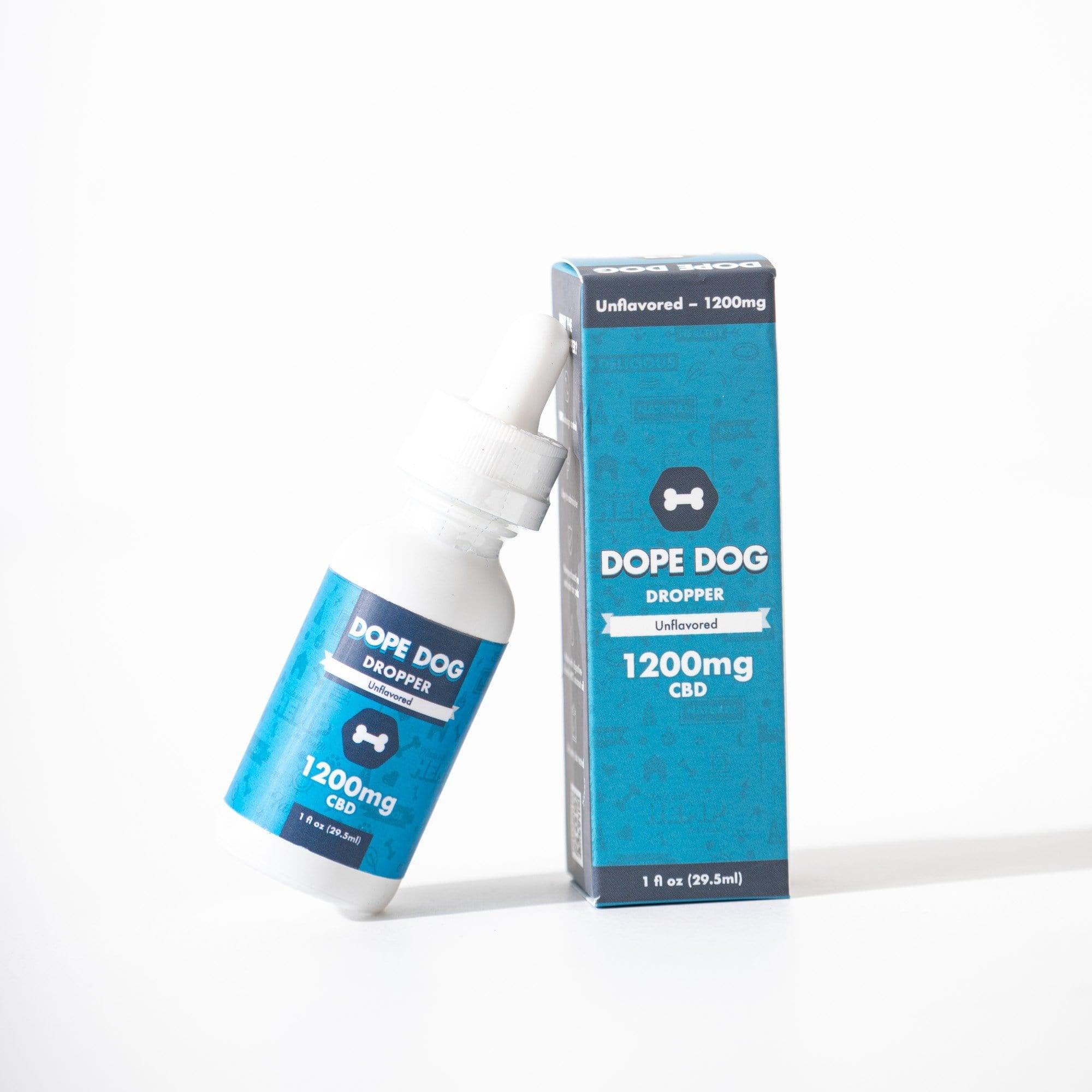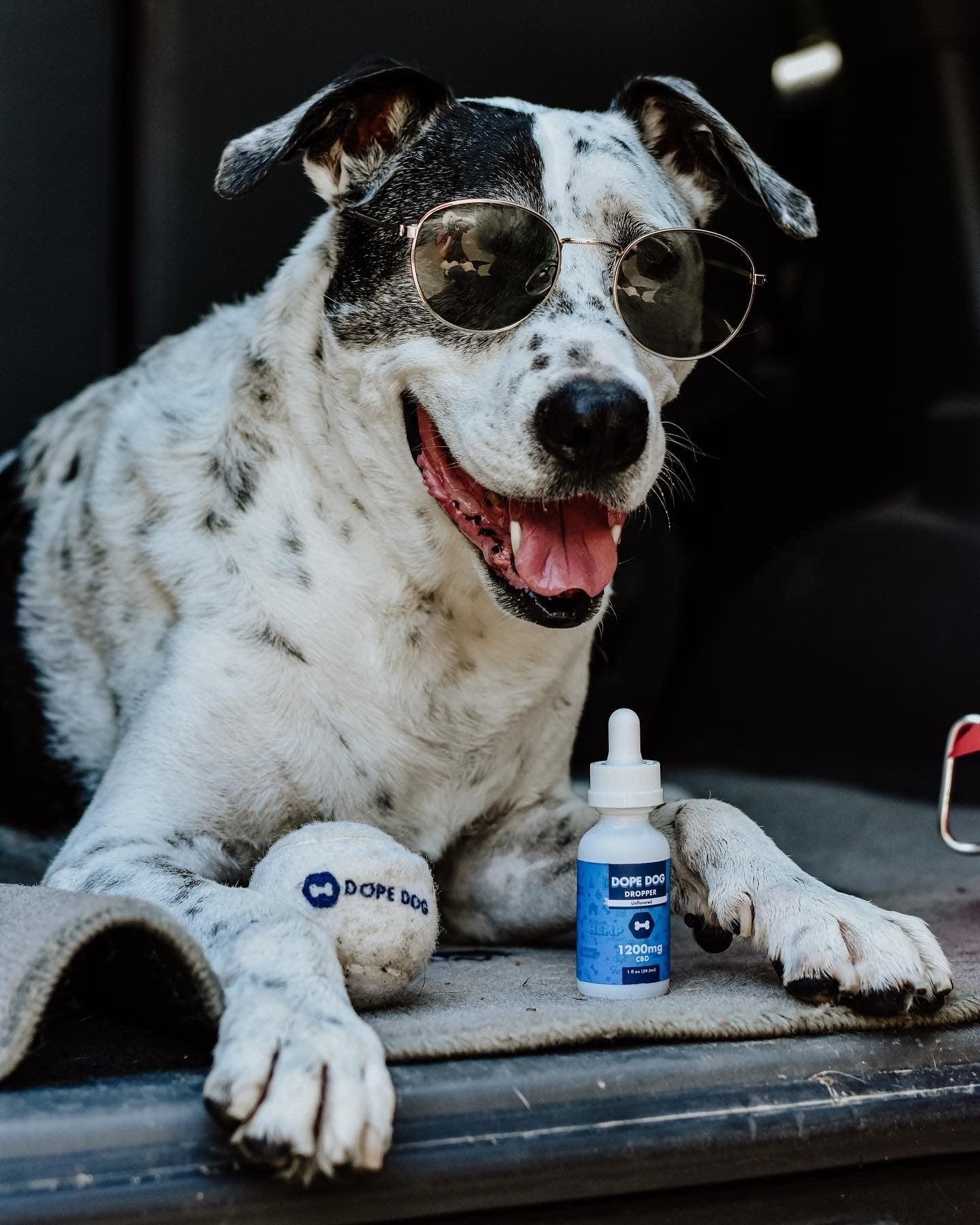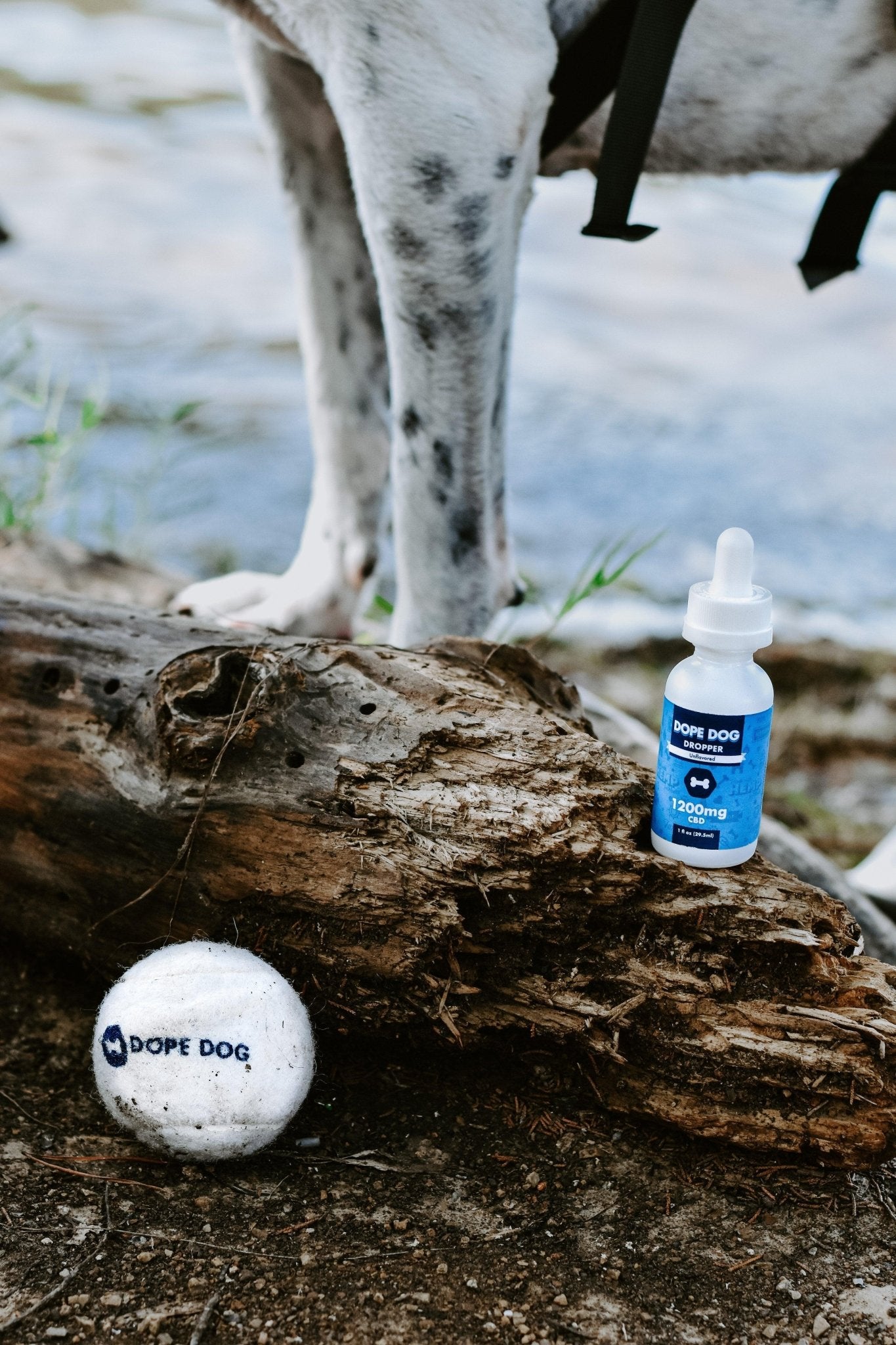Service dogs play a vital role in the lives of individuals with disabilities, providing assistance, support, and companionship. One essential accessory for a service dog is a vest. A service dog vest not only helps to identify the dog as a working animal but also serves as a practical tool for both the dog and handler. However, with so many options available, choosing the right service dog vest can be a daunting task. Additionally, knowing how to properly use and maintain the vest is crucial to ensure its longevity and effectiveness.
In this blog post, we will guide you through the process of selecting the perfect service dog vest, demonstrate how to properly put it on your dog, and provide tips for maintaining its condition. We will also address the legal and ethical considerations surrounding the use of service dog vests, including the issue of fraudulent use. So, if you're a service dog handler or considering getting a service dog, this comprehensive guide will help you make informed decisions and ensure that your furry companion is outfitted with the best vest possible.
Related: Understanding Dog Whistle Sound
Understanding Service Dog Vests: Their Importance and Uses
Service dog vests are more than just a fashion statement. They serve a crucial purpose in identifying and distinguishing service dogs from regular pets. Understanding the importance and uses of service dog vests is essential for both handlers and the general public.
Identifying a Service Dog
One of the primary functions of a service dog vest is to visually identify the dog as a working animal. This identification is important for several reasons:
-
Public Recognition: A service dog vest helps the general public recognize that the dog is not a pet but a working animal providing assistance to a person with a disability. This recognition promotes understanding and respect for the dog's role and the tasks it performs.
-
Access Rights: In many jurisdictions, service dogs are granted legal access to public places, such as restaurants, stores, and transportation services. The vest acts as a visible indicator to businesses and establishments that the dog is working and should be allowed entry.
-
Safety and Security: The vest also acts as a safety measure, alerting others to the presence of a service dog. This can help prevent accidental contact or interference, ensuring a safe and secure environment for the dog and its handler.
Assisting the Handler
Service dog vests are designed to provide practical benefits to both the dog and its handler. Some of the uses of these vests include:
-
Carrying Essential Equipment: Service dog vests often come with pockets or attachments to hold essential items like medication, identification cards, or small mobility aids. This allows the handler to have necessary supplies readily accessible during outings or emergencies.
-
Mobility Assistance: Vests can be equipped with handles or attachments to aid the handler in balance and stability. This is particularly useful for individuals with mobility impairments who may rely on their service dogs for support during walking or standing.
-
Signal for Task Performance: Certain vests are designed with patches or badges that indicate the specific tasks or services the dog is trained to perform. These visual cues can alert others to the dog's role and help facilitate appropriate interactions between the dog, its handler, and the public.
Understanding the importance and uses of service dog vests sets the foundation for making informed decisions when choosing, using, and maintaining these essential accessories. In the following sections, we will delve into the specifics of selecting the right vest, properly putting it on your service dog, and ensuring its longevity through proper maintenance.
Related: Exploring Options: A Guide to Open Farm Dog Food
How to Choose the Right Service Dog Vest

Photo from GettyImages
Choosing the right service dog vest is crucial to ensure comfort, functionality, and effectiveness for both the dog and its handler. There are several factors to consider when selecting a service dog vest.
Understanding Your Dog's Size and Breed
The first step in choosing a service dog vest is understanding the size and breed of your dog. Different breeds have varying body shapes and sizes, which can affect the fit and comfort of the vest. Consider the following:
-
Measurement: Take accurate measurements of your dog's chest girth, neck circumference, and length from the base of the neck to the base of the tail. These measurements will help you determine the appropriate size of the vest.
-
Breed Considerations: Some breeds may have unique physical characteristics that require specific vest features. For example, short-snouted breeds like Bulldogs may need vests with adjustable straps for a proper fit around the neck and chest.
Materials and Durability
Service dog vests are typically constructed from various materials, each with its own advantages and disadvantages. Consider the following factors when evaluating the materials and durability of a vest:
-
Durability: Look for vests made from durable materials that can withstand daily use and potential wear and tear. The vest should be able to withstand the rigors of the tasks and activities performed by the service dog.
-
Breathability: Ensure that the vest is made from breathable materials, such as mesh or lightweight fabrics, to prevent overheating and discomfort for the dog during extended wear.
-
Weather Resistance: Consider the weather conditions in which the vest will be used. Look for vests that are water-resistant or have a removable weatherproof cover to protect the dog in rainy or snowy environments.
Related: Funny Dogs: Understanding and Enjoying Humorous Canine Behavior
Comfort and Fit
A well-fitting and comfortable vest is essential for the overall well-being and mobility of the service dog. Consider the following factors when assessing the comfort and fit of a vest:
-
Adjustable Straps: Look for vests with adjustable straps around the chest and neck to achieve a snug and secure fit. This allows for flexibility as the dog grows or changes weight.
-
Padding: Vests with padded interior linings provide additional comfort and reduce the likelihood of chafing or rubbing against the dog's skin.
-
Range of Motion: Ensure that the vest allows for a full range of motion for the dog's legs and shoulders. Restrictive vests can impede the dog's movement and cause discomfort or muscle strain.
Visibility and Identification
Visibility and identification features are crucial for the safety and recognition of a service dog. Consider the following aspects when evaluating the vest's visibility and identification features:
-
Reflective or High-Visibility Materials: Look for vests with built-in reflective strips or high-visibility materials to enhance visibility in low-light conditions. This ensures that the dog is easily seen by others, reducing the risk of accidents or collisions.
-
Clear Identification: The vest should have clear and easily readable patches or badges that indicate the dog is a service animal. These patches can include phrases like "Service Dog," "Do Not Pet," or specific tasks the dog performs.
By considering factors such as your dog's size and breed, materials and durability, comfort and fit, as well as visibility and identification features, you can make an informed decision when choosing the right service dog vest. In the next section, we will discuss the proper technique for putting on your service dog's vest.
Related: CBD for Dog with Hip Dysplasia
Putting on Your Service Dog's Vest

Photo from GettyImages
Putting on your service dog's vest requires proper technique and attention to ensure a comfortable and secure fit. Follow these steps to correctly put on your service dog's vest:
Preparing Your Dog for the Vest
Before putting on the vest, it's important to prepare your dog for the process. This helps create a positive association and makes it easier for both you and your dog. Here's what you can do:
-
Familiarize Your Dog: Introduce the vest to your dog in a calm and positive environment. Allow them to sniff and investigate the vest to become familiar with it.
-
Positive Reinforcement: Use treats, praise, and rewards to create a positive association with the vest. Reward your dog for showing interest in or approaching the vest.
Properly Fitting the Vest

Photo from GettyImages
A well-fitted vest ensures comfort and mobility for your service dog. Follow these steps to ensure a proper fit:
-
Adjust the Straps: Loosen all the straps on the vest before putting it on your dog. This makes it easier to slip the vest over their head and body.
-
Slip Over the Head: Gently slide the vest over your dog's head, making sure the front strap rests comfortably on their chest.
-
Secure the Chest Strap: Fasten the chest strap and adjust it to achieve a snug but not tight fit. You should be able to fit two fingers comfortably between the strap and your dog's chest.
-
Adjust the Neck Strap: If the vest has a neck strap, adjust it to ensure a comfortable fit. It should be snug but not restrictive, allowing your dog to move their head freely.
-
Check the Fit: Once the vest is on, check that it fits properly. Ensure that it is not too tight or loose around the neck, chest, and belly. The vest should stay in place without shifting or chafing.
Related: Dog Probiotics 101
Ensuring Comfort and Mobility
Comfort and mobility are essential for your service dog while wearing the vest. Consider the following tips:
-
Range of Motion: Check that the vest allows your dog to move their legs and shoulders freely. It should not restrict their natural movement or impede their ability to perform tasks.
-
Padding and Breathability: Ensure that the vest is comfortable for your dog by choosing one with padding and breathable materials. This helps prevent chafing or discomfort during extended wear.
-
Temperature Considerations: Be mindful of the weather conditions when using the vest. In hot weather, monitor your dog for signs of overheating and provide frequent water breaks. In colder temperatures, consider layering the vest with a weatherproof cover or coat for added warmth.
By following these steps and considering your dog's comfort and mobility, you can ensure that your service dog's vest is properly fitted and comfortable. In the next section, we will discuss tips for maintaining your service dog's vest to prolong its lifespan and functionality.
Maintaining Your Service Dog's Vest

Photo from GettyImages
Proper maintenance of your service dog's vest is essential to ensure its longevity, functionality, and appearance. Regular cleaning and inspection, along with timely repairs or replacements, will help keep the vest in optimal condition. Here are some tips for maintaining your service dog's vest:
Regular Cleaning and Inspection
-
Follow Manufacturer's Instructions: Read and understand the manufacturer's cleaning instructions for the specific vest you have. Different materials may require different cleaning techniques.
-
Spot Cleaning: Spot clean the vest as needed using a mild detergent or pet-safe cleaner. Pay attention to any stains or dirt accumulation, and gently scrub the affected areas.
-
Machine Washing: If the manufacturer permits, machine wash the vest on a gentle cycle using cold water. Use a mild detergent and avoid using any bleach or harsh chemicals that may damage the fabric.
-
Air Drying: After cleaning, allow the vest to air dry completely. Avoid using a dryer as it may shrink or damage the fabric.
-
Inspection: Regularly inspect the vest for any signs of wear and tear, loose stitching, or damaged buckles. Address any issues promptly to prevent further damage.
Fixing or Replacing Damaged Parts

Photo from GettyImages
-
Replace Damaged Buckles or Straps: If any buckles or straps on the vest are damaged or no longer functional, replace them with suitable replacements. This ensures a secure and reliable fit.
-
Repair Loose Stitching: If you notice any loose stitching on the vest, repair it promptly to prevent further unraveling. Use a sturdy thread and needle to reinforce the stitching.
-
Patch or Replace Torn Fabric: In the case of torn fabric, you can either patch the area using a durable fabric patch or consider replacing the vest if the damage is extensive.
Related: Why is My Dog Bleeding From His Private Part?
Proper Storage
-
Clean Before Storage: Before storing the vest, ensure that it is clean and dry. This helps prevent mold, mildew, and odors from developing during storage.
-
Store in a Dry Place: Choose a clean and dry storage area to prevent moisture buildup and damage to the vest. Avoid storing the vest in direct sunlight, as this may cause fading or discoloration.
-
Hang or Fold Carefully: Depending on the fabric and design of the vest, either hang it or fold it neatly to avoid creases or wrinkles. This helps maintain the vest's shape and appearance.
By following these maintenance tips, you can keep your service dog's vest in excellent condition, ensuring its functionality and longevity. In the next section, we will address the legal and ethical considerations surrounding the use of service dog vests.
Legal and Ethical Considerations of Using a Service Dog Vest

Photo from GettyImages
Using a service dog vest comes with legal and ethical responsibilities. It is important to understand the rights of service dog handlers, the ethical use of service dog vests, and the issue of fraudulent use. Let's explore these considerations in detail:
The Legal Rights of Service Dogs
-
Americans with Disabilities Act (ADA): In the United States, service dogs are protected under the ADA. They are allowed access to public places, including restaurants, stores, and transportation services. Service dogs are not considered pets, and businesses must accommodate them and their handlers.
-
Access Rights: Service dogs and their handlers have the right to enter public spaces, even in areas with pet restrictions or no-pet policies. However, certain exceptions may apply, such as sterile environments or areas posing a direct threat to the safety of others.
-
Handler's Rights: Service dog handlers have the right to be accompanied by their dog in housing, including rentals and housing communities with no-pet policies. Landlords and housing providers must make reasonable accommodations for service dogs.
Ethical Use of Service Dog Vests
-
Proper Training: Service dogs should undergo rigorous training to perform specific tasks that mitigate the handler's disability. Using a service dog vest without appropriate training not only undermines the work of legitimate service dogs but also poses risks to public safety.
-
Respect for Service Dogs: It is important for the public to understand that service dogs are working animals and should not be distracted or petted without permission from the handler. Respecting the dog's role helps maintain focus and ensures the handler's safety.
-
Responsible Ownership: Service dog handlers are responsible for the behavior and actions of their dogs. It is crucial to maintain control and ensure that the dog is well-behaved and properly cared for at all times.
Fraudulent Use of Service Dog Vests
-
Definition: Fraudulent use of service dog vests refers to the intentional misrepresentation of a pet as a service dog. This undermines the legitimacy of trained service dogs and can create challenges for legitimate service dog handlers.
-
Legal Consequences: In many jurisdictions, fraudulent use of service dog vests is illegal and can result in penalties or fines. It is important to be aware of the laws in your specific region regarding the fraudulent representation of a pet as a service dog.
-
Ethical Implications: The fraudulent use of service dog vests diminishes public trust in legitimate service dogs and can lead to increased scrutiny and skepticism toward handlers who genuinely rely on their service dogs for assistance.
Understanding the legal rights of service dogs, the ethical use of service dog vests, and the consequences of fraudulent representation is crucial for both handlers and the general public. By upholding these considerations, we can ensure the integrity of service dog programs and promote inclusivity for individuals with disabilities.






